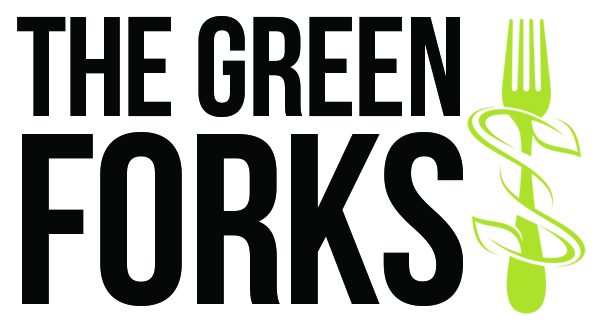Superfood is close to the term superhero. We kind of casually claim that it’s superfood without facts-checking their fundamental characters. Apart from this marketing-driven coined term, it’s important to know that nutritionally speaking, there’s no such thing as superfood. Simply because acquiring complete nutrients is a collective intake. No single food contains ALL the nutrients that our body needs.
In all fairness, these Superfood Stars did not gain their reputation overnight. They’re called superfoods for a reason. They’re considered superfoods because the density of nutrients they possess are way richer compared to others.
- Dark Leafy Greens – Excellent source of nutrients including folate, zinc, calcium, iron, magnesium, vitamin C and fiber. Dark green leafy vegetables help prevent certain chronic diseases. [1]
- Blueberries – Blueberries are rich in vitamins, soluble fiber and phytochemicals. But the same nutrients found in blueberries are also found in many other kinds of berries, including strawberries and cranberries. [2]
- Nuts and Seeds – Nuts and seeds are rich in fiber, vegetarian protein and heart-healthy fats. They also pack various plant compounds with anti-inflammatory and antioxidant properties, which can protect against oxidative stress. [1]
- Salmon – Salmon is an excellent source of many nutrients, especially omega-3 fatty acids. However, it’s important to limit your consumption of salmon to avoid potential negative effects from contaminants common in fish and seafood. [1]
- Whole Grains – A good source of both soluble and insoluble fiber, whole grains also contain several B vitamins, minerals, and phytonutrients. They have been shown to lower cholesterol and protect against heart disease and diabetes. [3]
- Cruciferous Vegetables – These include broccoli, Brussels sprouts, cabbage, cauliflower, collard greens, kale, kohlrabi, mustard greens, radishes, and turnips. They are an excellent source of fiber, vitamins, and phytochemicals including indoles, thiocyanates, and nitriles, which may prevent against some types of cancer. [3]
- Legumes – Legumes, or pulses, are a class of plant foods made up of beans (including soy), lentils, peas, peanuts and alfalfa. They earn the superfood label because they’re loaded with nutrients and play a role in preventing and managing various diseases. Legumes are a rich source of B vitamins, various minerals, protein and fiber. [1]
- Olive Oil – Olive oil is a natural oil extracted from the fruit of olive trees and one of the mainstays of the Mediterranean diet. It’s biggest claims to health are its high levels of monounsaturated fatty acids (MUFAs) and polyphenolic compounds. It may be beneficial in reducing heart disease, diabetes and other inflammatory conditions. [1]
- Sweet Potatoes and Squash – Sweet potatoes and squash also usually make the superfood list, for reasons similar to those listed for leafy greens. Both kinds of food are generally excellent sources of fiber, vitamin A and much more. They are also naturally sweet and don’t require the butter, cream or salt typically added to potatoes. [2]
So what do you think of our Superfood Stars list? We certainly hope we’re able to help you plan your diet more efficiently. As a closing thought, in order to achieve optimum health and a well-balanced diet, it’s a must to consume a variety of nutritious foods everyday.
- [1] https://www.healthline.com/nutrition/true-superfoods#section1
- [2] https://www.livescience.com/34693-superfoods.html
- [3] https://www.health.harvard.edu/blog/10-superfoods-to-boost-a-healthy-diet-2018082914463


